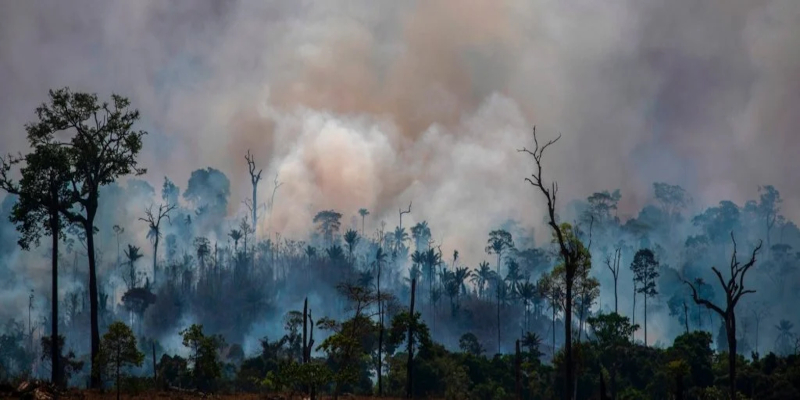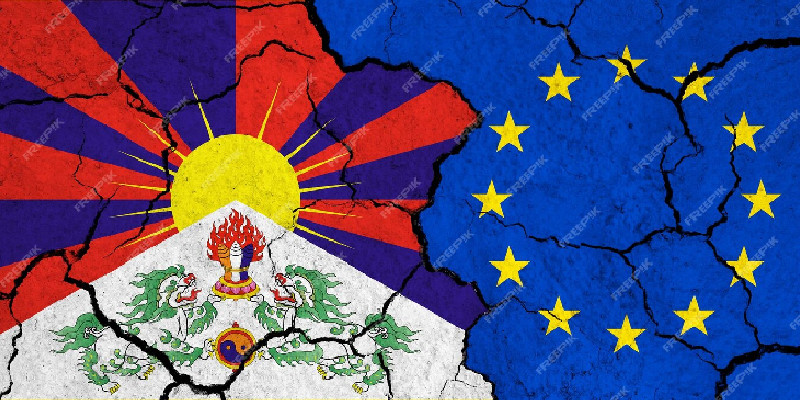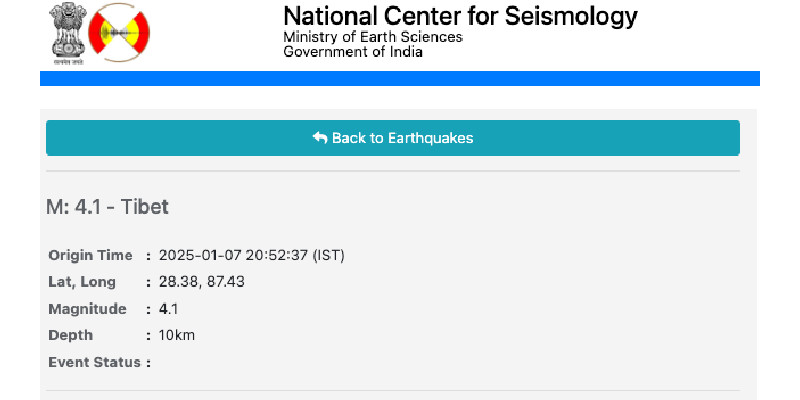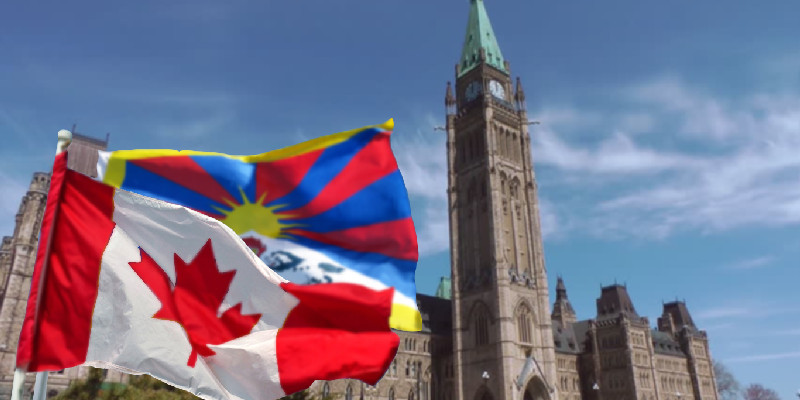Dharamshala, 15th July: Researchers reported on Wednesday that climate change and deforestation have flipped a large swath of the Amazon basin from absorbing to emitting planet-warming carbon dioxide (CO2), a transformation that could turn humanity’s greatest natural ally in the fight against global warming into a foe. They reported in the journal Nature that hundreds of high-altitude air samples collected over the last decade revealed that the southeastern Amazon, in particular, has shifted from a “sink” to a “source” of carbon dioxide, the main greenhouse gas.
Globally, terrestrial ecosystems are critical as the world attempts to reduce CO2 emissions, which surpassed 40 billion tonnes in 2019. Plants and soil have consistently absorbed more than a quarter of those emissions over the last half-century, even as CO2 pollution has increased by 50%. About half of the world’s tropical rainforests are found in the Amazon basin, which is more effective at absorbing and storing carbon than other vegetation.
Combating the climate crisis would be far more difficult if Amazonia – with 450 billion tonnes of CO2 locked up in its trees and soil – became a consistent source rather than a “sink” of CO2. According to the study, a number of factors have influenced the transition in the eastern Amazon.
The region’s tropical forests have shrunk by 17% since 1970, primarily to make room for pasture for cattle and the crops that feed them. Fire is commonly used to clear forests, which releases massive amounts of CO2 while also reducing the number of trees available to absorb it. Climate change is also a significant factor. Temperatures in the dry season have risen by nearly 3 degrees Celsius since pre-industrial times, more than triple the global year-round average.
The Amazon rainforest is one of the climate system’s dozen “tipping points.” Greenland and the West Antarctic ice sheets, CO2- and methane-laden Siberian permafrost, South Asian monsoon rains, coral reef ecosystems, and the jet stream are all vulnerable to point-of-no-return transitions that would drastically alter the world as we know it.
Picture Source: Joao Laet/AFP/Getty Images







Leave a Reply